Avenue of Mysteries
John Irving, now 73, asks in his 14th novel how a child becomes an adult storyteller, amid outrageous calamities somewhere between coincidence and fate.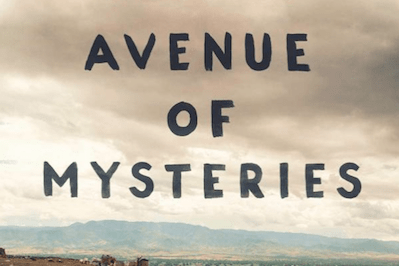 Simon & Schuster
Simon & Schuster
Simon & Schuster
|
To see long excerpts from “Avenue of Mysteries” at Google Books, click here. |
“Avenue of Mysteries” A book by John Irving
John Irving’s new novel, “Avenue of Mysteries,” is about a famous novelist who published a best-selling novel about abortion and developed a reputation for crazy sex scenes, but you can stop your amateur psychoanalyzing right there, thank you very much. Yes, this protagonist also attended the Iowa Writers’ Workshop, but his name is Juan, not John, and he’s from Mexico, which is thousands of miles from Irving’s birthplace in New Hampshire.
There’s more to a work of fiction than thinly disguised autobiography (and bears).
Irving has made this point so often that he doth protest too much, methinks, but this time he invokes Shakespeare. “Avenue of Mysteries” ends with the famous novelist — Juan, not John — sitting before an audience of his devoted readers quoting from “Contested Will: Who Wrote Shakespeare?” by the scholar James Shapiro: “Shakespeare did not live, as we do, in an age of memoir. … In his own day, and for more than a century-and-half after his death, nobody treated Shakespeare’s works as autobiographical.” Such an approach, Shapiro continues, “diminishes the very thing that makes him so exceptional: his imagination.”
It’s not such a stretch to make the same argument for the fecundity of Irving’s imagination, despite the sometimes conspicuously autobiographical elements in his fiction and the persistent echoes among his novels. Over the past half century, in such books as “The World According to Garp,” “The Hotel New Hampshire” and “A Prayer for Owen Meany,” he’s created some of the most wildly inventive characters in American literature. If his work has sometimes been uneven, that’s an unavoidable cost of bold experimentation, and if his more bizarre feats have started to look repetitive, that’s the fate of any circus performer who survives long enough.
Now 73, Irving is clearly in a retrospective, if not autobiographical, mood. Like “Last Night in Twisted River” (2009) and “In One Person” (2012), his new novel — his 14th — is fascinated with the portrait of the artist as a young man: How does a child progress along the avenue of mysteries that leads to becoming an adult storyteller?
The complex response evolves from two distinct but mingled storylines. In the present tense, we follow the beloved teacher and novelist Juan Diego Guerrero as he travels from Iowa to the Philippines to fulfill a promise made years ago to a young draft dodger. Although Juan Diego is 54 years old, he’s so addled by the requirements of his flights and his medications that he seems decades older, an impression emphasized by his poor health, his crippled foot and the fact that “he’d outlived everyone he’d loved.”
That sounds gloomy, but early on his journey, Juan Diego is ambushed by two aggressive fans: a mother and her daughter who insist on taking control of his itinerary and his pills. Although there’s something vaguely threatening about the women, Juan Diego has to admit that they’re terrifically competent tour guides — and he enjoys sleeping with them (one at a time).
But Juan Diego’s heart and the heart of this novel lie far in the past. Prone to frequent spells of dreaming, “his mind was often elsewhere,” Irving writes. “His thoughts, his memories — what he imagined, what he dreamed — were all jumbled up.” For us, though, these reveries don’t read like dreams so much as superbly crafted short stories about “his childhood, and the people he’d encountered there — the ones who’d changed his life, or who’d been witnesses to what had happened to him at that crucial time.” Indeed, Juan Diego’s memories of adolescence around 1970 in Oaxaca compose some of the most charming scenes that Irving has ever written. He’s still an unparalleled choreographer of outrageous calamities that exist somewhere between coincidence and fate. (It would hardly feel like an Irving novel if a shower stall didn’t collapse on somebody, startling a nearby elephant into dragging around a dead horse.) The episodic structure of “Avenue of Mysteries” would lend itself to spectacular excerpts, which is the kindest way I can suggest that the parts of this novel are better than its ambling whole.
Juan Diego and his little sister, the hilariously tough-minded Lupe, are “dump kids,” scavengers who sort through vast waste for glass, aluminum and copper. The man who is probably their father works at the dump, too, while their mother works the streets. By teaching himself to read castoff books in Spanish and English, Juan Diego attracts the admiration and care of several kindly Jesuits, including an American priest-in-training, whose sexual turbulence drives some of the story’s most surprising sections.
Although it’s a dangerous, violent world, Irving casts the dump community in the semi-comical glow of Steinbeck’s “Cannery Row.” There’s no effort to romanticize such poverty — tragedy scars these memories — but Juan Diego and Lupe enjoy a series of mystical and sometimes macabre adventures in this deeply religious place.
Those conflicting currents of spirituality flowing through “Avenue of Mysteries” add to Irving’s rich exploration of faith in several earlier novels. Juan Diego is named after the peasant who first saw the Lady of Guadalupe, and Lupe’s name recalls that same vision. This is a story in which sacred statues can weep or kill, depending on their moods. But the village priests are more interested in the miracle of grace, which they’re determined to put into practice without judgment or censure, even if that sometimes stretches the tenets of their church.
Juan Diego’s sister, meanwhile, refuses to cut the Virgin any slack. Lupe is deeply skeptical of Mary’s efficacy in the modern world and openly critical of the church’s efforts to bleach the native culture from the Lady of Guadalupe. And, in a classic Irving move, Lupe is an uncanny mind-reader whom no one can understand. A defective larynx renders her speech incomprehensible to everyone except her brother, who serves as her translator, a challenging role given the little girl’s foul-mouthed commentary and caustic insights.
With her strange voice and Christlike sacrifice, Lupe may sound like a Mexican incarnation of Owen Meany, but by now, surely, anyone left reading his novels enjoys playing John Irving Bingo: abortion — check; circus — check; orphan — check; transvestite — check. That he reuses these elements in novel after novel isn’t nearly as interesting as the way he continues to divine new permutations for them. And in “Avenue of Mysteries,” he tells a particularly touching and sometimes farcical story of two siblings and their makeshift family.These flashbacks are so good that being dragged back to Juan Diego’s improbable trek to the Philippines can be disappointing. In 1970 Oaxaca, Juan Diego is walking on a high wire, sometimes literally, but in 2011, rambling along as a famous writer gives him little to do but worry about which medications he has taken or not taken. (It’s hard to think of another novel that would be so fundamentally altered by the acquisition of a $4 pill organizer from Walgreens.) Debates about the morality of abortion, the responsibilities of the church, the possibility of miracles — all the issues that animate the scenes of Juan Diego’s adolescence — feel static in the present-day narrative when they’re merely subjects for dinner conversation.
But eventually, the novelist’s reflections on his life and work attain a sweet profundity that should win over anyone who follows his journey to the end. Juan Diego may never figure out how he became the writer he is, but he develops a deeper appreciation for the people who got him here.
“Remember this,” Lupe tells her brother in her strange, incomprehensible voice: “We are the miracles. … We’re the miraculous ones.”
Truth.
Ron Charles is the editor of The Washington Post Book World.
©2015, Washington Post Book World Service/Washington Post Writers Group
Your support matters…Independent journalism is under threat and overshadowed by heavily funded mainstream media.
You can help level the playing field. Become a member.
Your tax-deductible contribution keeps us digging beneath the headlines to give you thought-provoking, investigative reporting and analysis that unearths what's really happening- without compromise.
Give today to support our courageous, independent journalists.
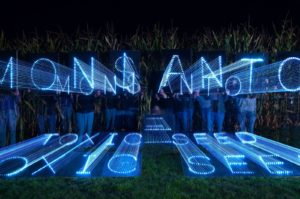
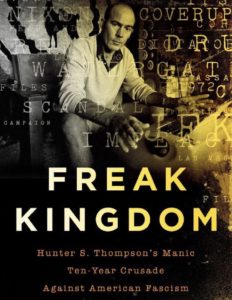
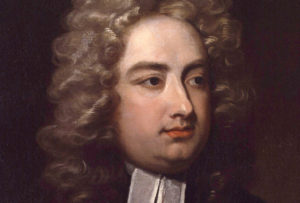
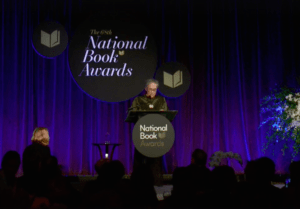
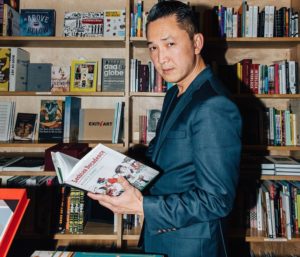
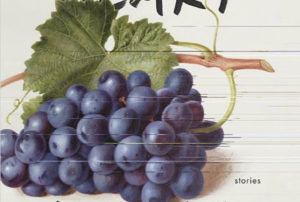
You need to be a supporter to comment.
There are currently no responses to this article.
Be the first to respond.